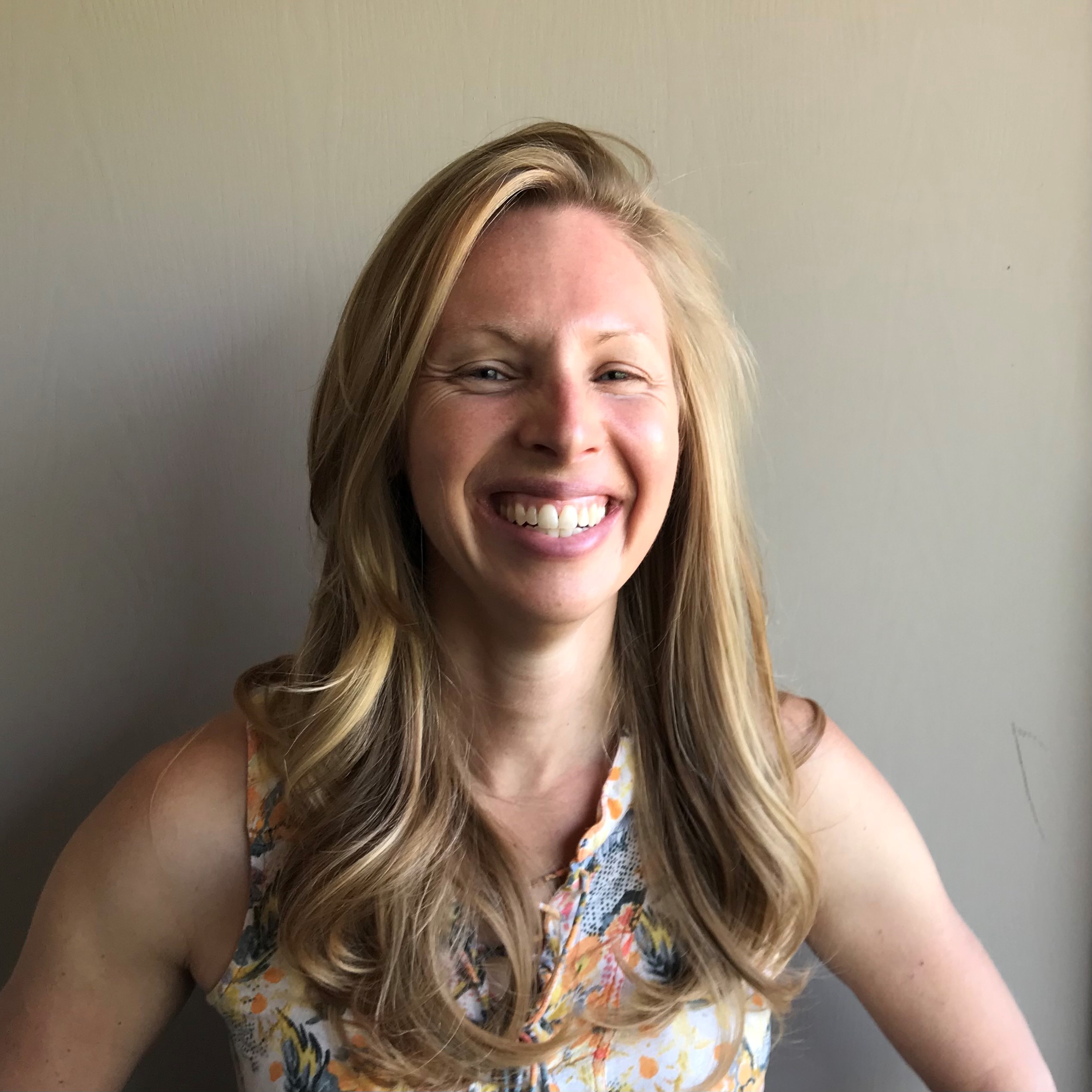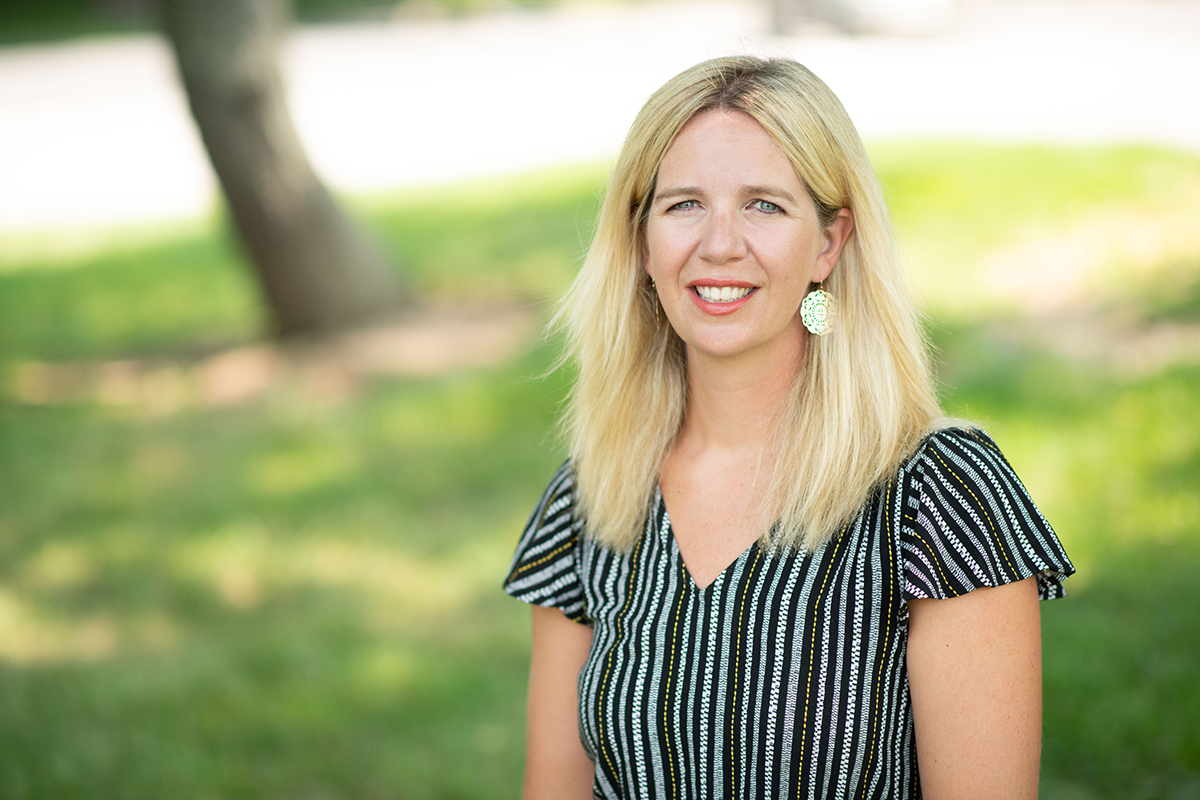Register
Register before 5pm on Thursday Nov 18, 2021.
Registration is free and grants access to the link for participating in the conference.
Fall 2021 SoCal-Nev (Virtual) Section Meeting
Online with ZOOM
Hosted by CSU San Bernardino
Saturday, November 20, 2021
Tentative Program
- 8:55-9:00 Welcome Remarks by David Crombecque, University of Southern California
- 9:00-10:00 Invited Address by Elizabeth Donovan of Murray State University and Lesley Wiglesworth of Centre College
Taking Risks in Mathematics with Active Learning - 10:00-10:15 Section Business Meeting
- 10:15-10:30 Break
- 10:30-12noon Faculty and Student Contributed Paper Sessions
Call for contributed papers
Organized by Konrad Aguilar, Pomona College - 12:00-12:30 Lunch Break
- 12:30-1:30 Invited Address by Maryann Hohn, Pomona College
Parasites fly when you're having fun
- 1:30-2:00 Announcments followed by Concluding Remarks by David Crombecque, University of Southern California
Register online
Register online before 5pm on Thursday Nov 18, 2021.
Registration is free and conducted via google forms. It grants access to the link for participating in the conference. On Friday November 19, the conference link/details will be emailed to the email address given in the registration . Please check your junk/spam folder if you do not receive the email.
If you are presenting in the Contributed Paper Session, you need to also complete this registration.
There will be no registration on the day of the conference.
Maryann HohnPomona College
|
Dr. Maryann Hohn is a Visiting Assistant Professor of Mathematics and Statistics at Pomona College. Her research interests lie in mathematical modeling, particularly of biological systems. Her projects range from modeling the interactions between molecular species to predicting the collective movement of locust nymphs. She utilizes a variety of mathematical tools such as stochastic processes, PDEs, numerical analysis, and graph theory. Most of her projects involve some type of understanding of collective behavior, whether in cells, in social groups, or in animal populations. She also actively supports groups like AWM that support students in underrepresented groups, mentors both undergraduate and graduate students, and advises undergraduate researchers. |
Parasites fly when you're having fun
Individuals may choose to create social groups where their individual fitness and success is influenced by those around them. A group may increase an individual's success in finding food, shelter, and safety; however, if the group fails, so does the individual. In this talk, we will explore how choices of individuals influence group dynamics using both agent-based modeling and partial differential equations. In particular, we will examine individuals who live in close, collaborate groups who are susceptible to infectious diseases such as pathogens and parasites through their social network.
Elizabeth DonovanMurray State University
|
Elizabeth Donovan is an Associate Professor of Mathematics at Murray State University. A graph theorist by training, Beth enjoys sharing this passion with her students through a variety of graduate and undergraduate research projects and was a recipient of a Center for Undergraduate Research in Mathematics mini-grant in 2018-2019. She is a strong supporter of active learning techniques in the classroom and is currently working with colleagues to compile a volume of cross-curricular projects for various upper-level mathematics courses. In her free time Beth enjoys gardening, woodworking, baking, and playing with her two cats. |
Lesley WiglesworthCentre College
|
Lesley Wiglesworth is an Associate Professor of mathematics at Centre College. Her current research is focused primarily in discrete mathematics, and more specifically, combinatorics and graph theory. Lesley is very involved in undergraduate research and has mentored close to 30 students during her time at Centre. She recently collaborated with students and faculty from Centre and Murray State University on a cross-institutional research project involving graph labelings. She has also co-authored two book chapters and one publication centered around undergraduate research. Lesley developed a study abroad course on the mathematics and architecture of ancient Peru. In addition to traveling to sites of Inca, such as Cusco and Machu Picchu, students also explored the Chimú and Moche cultures while visiting the north coast of Peru. |
Taking Risks in Mathematics with Active Learning
Several studies have shown that students often prefer pedagogical strategies that use active learning as opposed to lecture. However, as faculty, we are all too familiar with students who grow terrified when pushed out of their comfort zones and are faced with new challenges in the classroom. In this talk, we will share active learning strategies that encourage students to be intellectually uncomfortable in the classroom and take risks, all while recognizing the importance of failure in the learning process. We will also share findings from literature as well as focus groups conducted with college first-years and seniors.Call for Contributed Papers
You are invited to submit abstracts for the Contributed Paper Session of the Fall 2021 Section Meeting of the MAA, taking place on Saturday, November 20, 2021 virtually via ZOOM. The talks will each be 15 minutes with a 5-minute question and transition period.
These sessions accept contributions in all areas of mathematics, including research and pedagogy, and all complete proposals will be considered. The selection of talks will be based on interest to the expected audience, on common themes with other submissions, and on scheduling constraints.
Applications to present in the contributed paper session are submitted online and are due by 12pm noon PST on Thursday November 11, 2021. Applications include submitting an abstract (max 180 words) preferably using the specified LaTex template given in the example below (downloadable tex file of sample, compiled pdf version of sample). Only the items between \begin{document} and \end{document} need to be submitted.\documentclass{article}
\newcommand{\presenter}[1]{\par\textbf{Presenter(s):}\ #1}
\newcommand{\others}[1]{\par\textbf{Other Author(s):}\ #1}
\renewcommand{\title}[1]{\par\textbf{Title:}\ #1}
\renewcommand{\abstract}[1]{\par\textbf{Abstract:}\ #1}
\newcommand{\theme}[1]{\par\textbf{Talk theme(s):}\ #1}
\newcommand{\audience}[1]{\par\textbf{Audience:}\ #1}\begin{document}
\presenter{Robben Teuffel and Robert Aroutiounian, CSU Channel Islands}
\others{Research advisor: Dr. Kathryn Leonard, CSU Channel Islands} %if applicable
\title{Skeletal Shape Modeling of the Corpus Callosum: Geometry-Based Classification for Automated Schizophrenia Diagnosis}
\abstract{Diagnosing schizophrenia is currently a process of trained symptom observation and individual interpretation by doctors. The objective of this research project is to automate diagnosis by using machine learning algorithms to categorize MRI-scanned brain images as healthy or schizophrenic based entirely on shape information of the corpus callosum. We utilize a skeletal shape model called the Blum medial axis (BMA) to capture local symmetries within the boundary curves of our corpus callosum images. We then extract the most visually salient path through the BMA with a depth measure called the Extended Distance Function to (1) decompose the BMA into three subparts associated with the genu, body, and splenium of the corpus callosum, and (2) compute the curvature of a one-dimensional representation of the boundary curve of the corpus callosum. Additionally, to quantify the observed size difference of the genu, we compute Shape Tubularity, which measures the tube-like qualities of shape parts. Finally, we apply supervised and unsupervised learning techniques to these features to distinguish between healthy and schizophrenic brain images.}
\theme{Applied Mathematics}
%Choices include Education/Pedagogy, History/Philosophy of Mathematics, Interdisciplinary Topics, Probability/Statistics, Geometry, Analysis, Number Theory, Graph Theory/Combinatorics, Algebra, Applied Mathematics, Topology, Linear Algebra, etc.
\audience{Linear Algebra and Multivariable Calculus (some data science knowledge will help)}\end{document}
Need access to latex to see if your abstract compiles? Overleaf.com is a cloud based latex program with a free registration. There are other options as well.
The application to present DOES NOT constitute registration for the conference. Presenters will be notified of their acceptances by Tuesday November 16, 2021. Presenters should also register for the meeting online no later than Friday November 19 by 5:00pm PST.
The Student Resources page of the MAA website has useful articles about writing an abstract and giving presentations. Be sure to check it out for helpful tips!
Direct questions to Konrad Aguilar (Konrad.Aguilar at pomona.edu).
